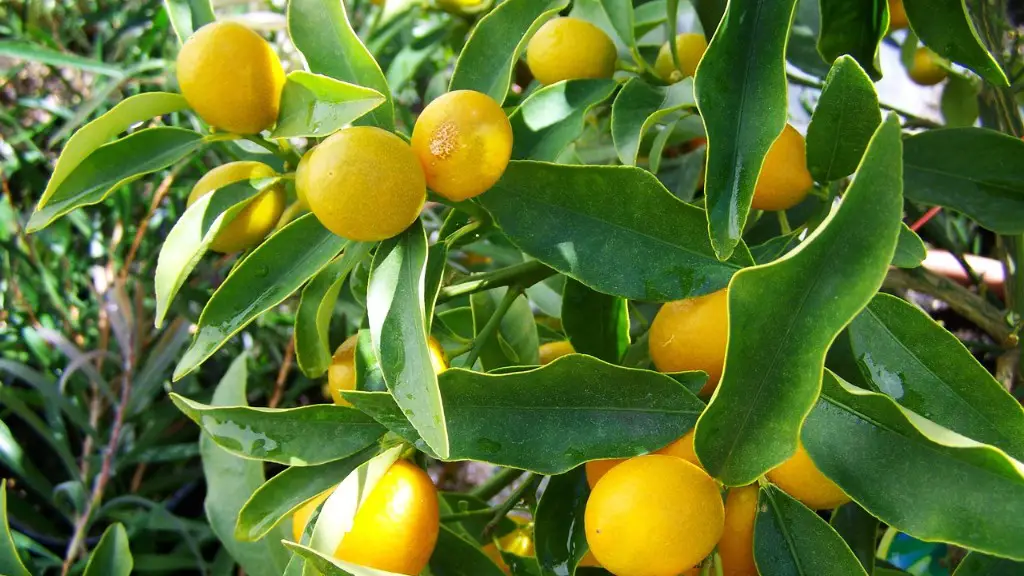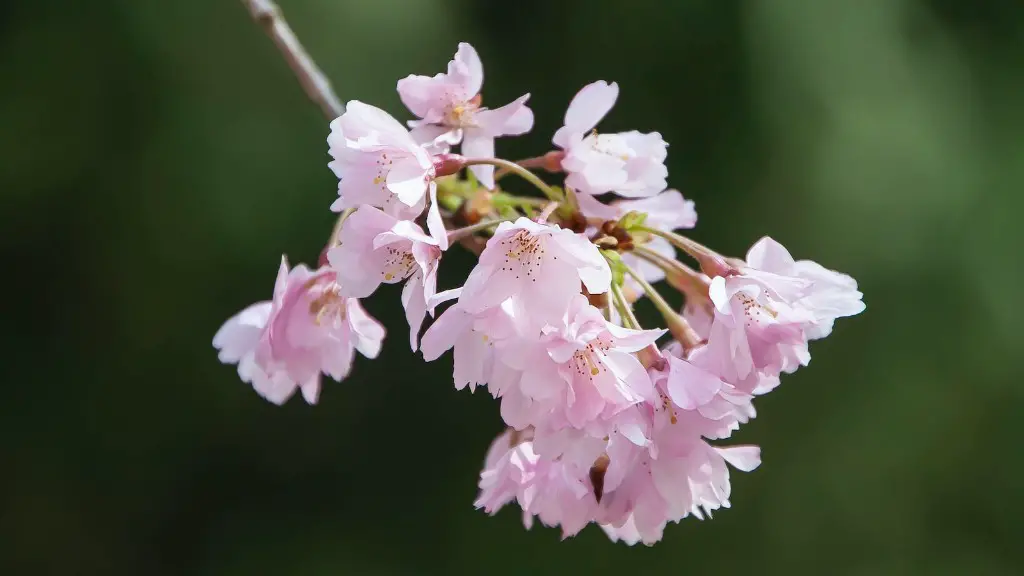Planting a lemon tree from lemon seeds is a rewarding experience that brings a sense of satisfaction. To be successful, one must take into account various factors such as light, soil, temperature, watering, fertilizing and pruning. Here are some tips to help you get started.
Firstly, lemon seeds need to be properly planted in order to ensure successful germination. They should be placed in a container filled with slightly moist soil, leaving a distance of 1/4 inch between seeds. Press gently and cover with thin layers of soil. Once planted, place the container in indirect sunlight. Do not over-water the soil otherwise the lemon seeds might rot.
Secondly, it is important to keep container temperature stable. The ideal temperature is between 65°F to 85°F. If the temperature falls below or rises above this range, there is a chance the lemon tree may not germinate.
Thirdly, when the seedlings have sprouted, it is important to move them to a bigger container. When transferring the seedlings, do not pull them out of the soil, as this can damage the delicate roots. Instead, break the pot and lift the seedlings gently.
Fourthly, once the seedlings have adapted to the bigger container they can now be moved to a sunny spot outside. Choose an area with plenty of sunshine, away from strong winds and humidity. Make sure to water regularly, two or three times a week, depending on the season.
Fifthly, lemon trees need regular fertilization. An effective fertilizer must contain nitrogen, potassium, phosphorus and iron. Foliar fertilization should be done every two weeks for young trees, and once a month for adult trees.
Finally, lemon trees are a slow-growing species, so regular pruning is necessary to keep the tree in shape. It’s important to remove any old, diseased and broken branches, and to cut back the remaining branches. Doing so will ensure healthy, strong and disease-free foliage.
Soil Preparation
Before planting the lemon seedlings, it is essential to prepare the soil. It should be tested in order to determine what elements it is lacking in. This will help ensure the tree is supplied with all the adequate nutrients. Furthermore, organic fertilizer must be added to the soil to increase fertility and boost growth.
The soil should also be slightly acidic and have a neutral pH level of about 6 to 7. Adding lime to the soil is an effective method for balancing the pH. In addition, the soil should be kept damp but not too sticky; overwatering can cause root disease and plant stress.
After testing and treating the soil, it should be tilled in order to break up any large clumps. This will help aerate the ground and ensures there is enough space for the roots to grow.
Growing Conditions
Once the soil and environment are safe for planting, it is then time to carefully place the lemon seedlings. Ensure the roots are not tangled and that they are firmly placed in the soil, leaving enough room for growth. Water the soil slightly and keep in mind that the environment must be humid. Ideally, lemon trees require temperatures between 25°C and 35°C.
It is recommended to have the lemon trees grown in pots to make transferring them easier. Keeping pot size in mind is essential as they must be big enough to prevent the soil from drying out between waterings. As the tree grows, the pot should be changed, usually once a year.
Watering & Fertilization
Watering is a key aspect when it comes to selecting lemon trees. Too much or too little water can be damaging to the plant. The soil must be kept moist but not too wet, as overwatering can lead to root rot. Furthermore, continuous moisture should be avoided as it can lead to fungal problems.
Like most plants, fertilizing is necessary for healthy lemon trees. Standard fertilizer for citrus trees includes nitrogen, phosphorus and potassium. Fertilization should be done in spring and summer, but should be avoided in winter when growth is more limited. Foliar feeding is an easy and effective way to increase nutrient intake.
Pruning & Protection
Pruning is necessary not only to control the tree shape, but also to maintain healthy foliage. Branches should be trimmed evenly and any old, dead, or diseased branches should be removed. Pruning should be done in early morning or late evening as midday temperatures can cause shock and dieback.
Protection is also essential when it comes to growing lemon trees. Provide some form of protection from strong winds, heavy rains and snow by creating a shelter with a trellis. Also, make sure to protect the tree from pests such as caterpillars and aphids by spraying with a special insecticide solution.
Harvesting the Fruit
When the tree starts to bear fruit, it is important to wait until the lemons are fully ripe before harvesting. To determine if the lemons are ripe, look for a pale yellow colour and a light green hue. The lemon must also be soft enough to pick easily, yet hard enough to last. Furthermore, do not pluck off too many lemons at a time as it can damage the plant.
Finally, it is necessary to protect the tree from diseases by applying copper fungicides. A copper fungicide is a solution containing copper hydroxide and copper sulphate, used for prevention and treatment of fungal diseases. This solution should be sprayed on the leaves and stems after rain, or during morning dew.
Conclusion
It may take some time and patience, but planting and growing a lemon tree from lemon seeds is certainly worth it. After following the tips mentioned above, you should be able to enjoy the fruits of your labour soon. Just remember to take care of your tree and it will repay you with sweet, delicious and juicy lemons.



